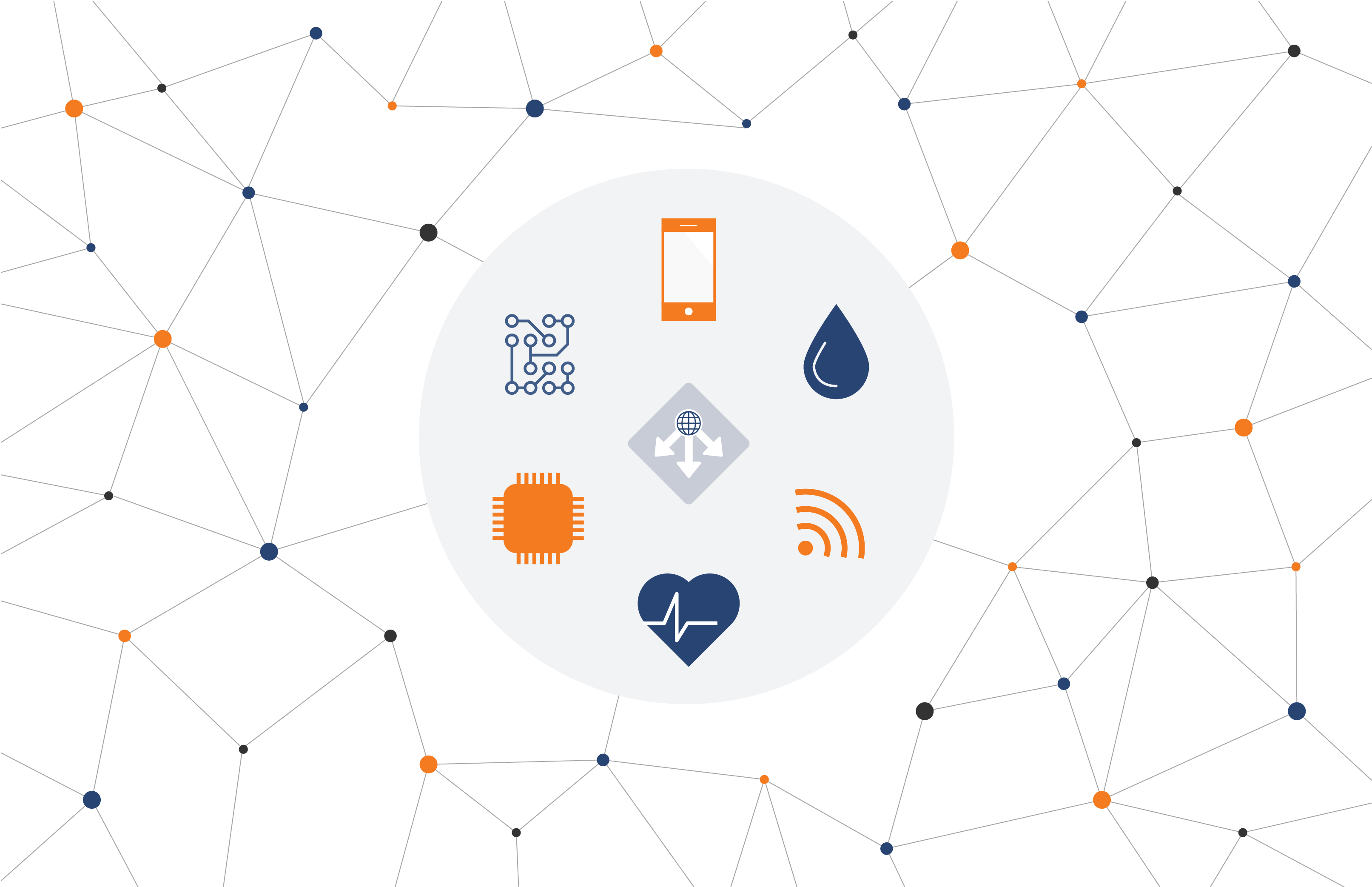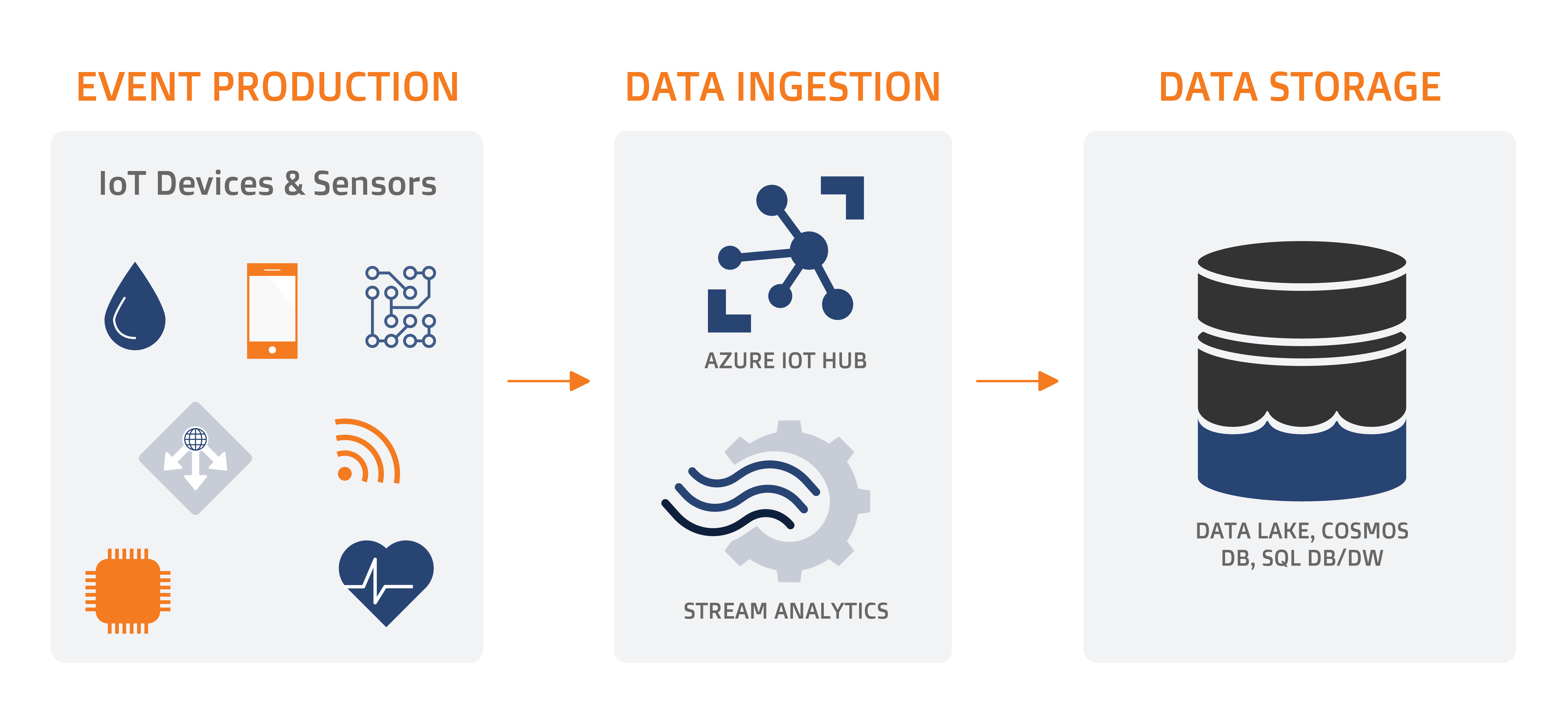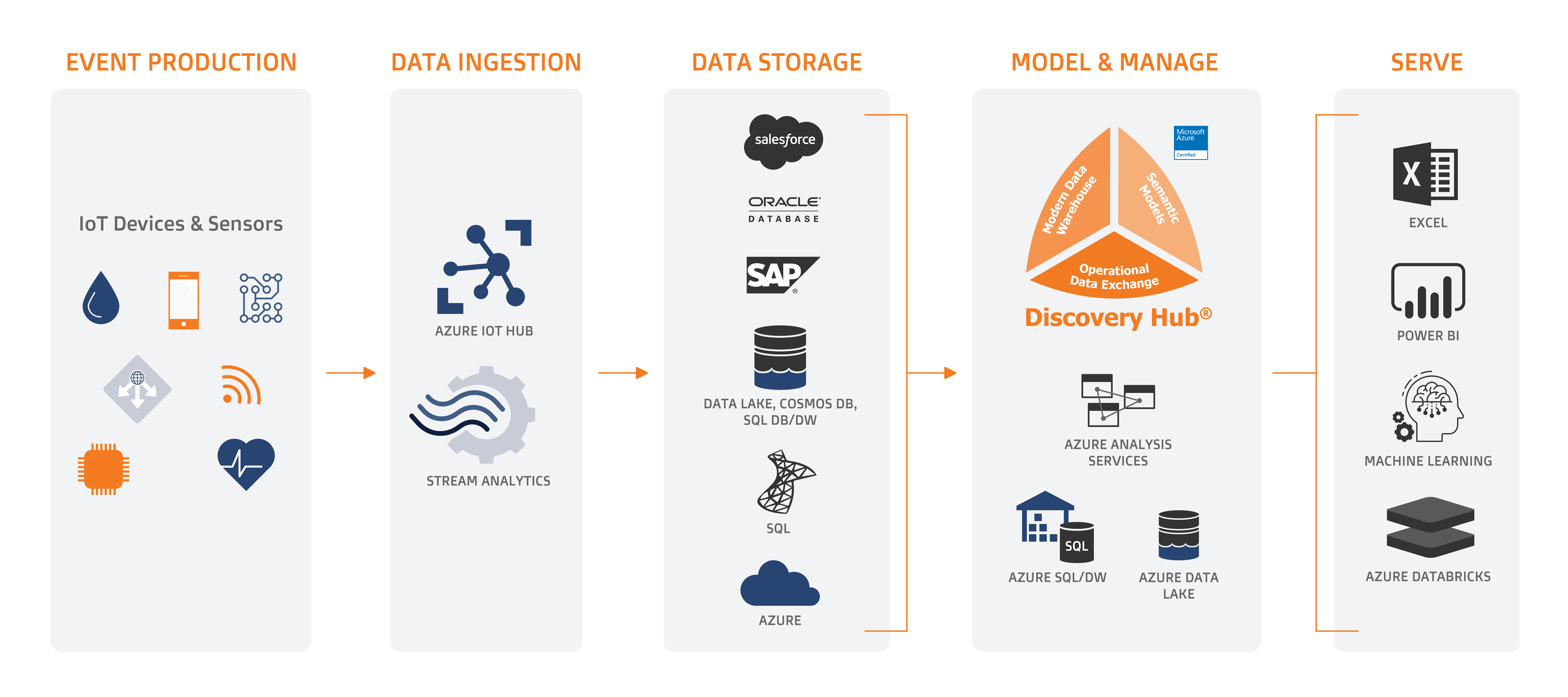3 min read
Increasing the value of IoT data by relating it to business data
Written by: TimeXtender - May 22, 2019

What is IoT data and what does it typically look like?
The Internet of Things (IoT) is part of what is driving exponential growth in data worldwide. It’s a small wonder, when you consider that in 2019 there is an estimated 26 billion connected IoT devices. That is 3.5 connected devices for every person in the world… That number may seem high, so to understand it better, let’s delve a little deeper into what an IoT device is and what the data typically looks like.
IoT devices are literally everywhere, from consumer and smart home devices and sensors through to enterprise devices and all the way down to the industrial plant floor. In the consumer and home world, these devices are built into smart TV’s, wearable devices, smart appliances, smart thermostats while in the industrial plant world, sensors measure virtually every step in the industrial manufacturing process.
The data produced by these sensors, vary from temperature measurements to geo positioning to flow numbers and electricity wattage measurements and many more. Essentially, anything that can be measured, can be measured by an IoT sensor. The one piece of common ground between all these sensors, is that this data is generally produced on a frequent interval. In many cases a measurement is taken as often as once a second, resulting in multiple rows of information per minute and per hour.
When analyzing the data, you typically have a row per sensor per measurement interval with data related to the measurement, resulting in something that looks like this:

What is the Azure IoT Hub?
Take the number of sensors and the frequency at which data is produced and you quickly realize that to manage data from all the IoT devices in a smart factory, you need an environment that is flexible and extremely scalable. This and more, is exactly what the Azure IoT Hub provide. With a great track record and the ability to connect to, monitor and manage billions of IoT devices it makes sense to use this platform as part of your IoT strategy.
Using the Azure IoT Hub, allows you to seamlessly connect to supported IoT devices and start ingesting IoT data in minutes while configuring management hierarchies to better manage the combined flow of data from all the sensors. Data collected from the sensors are stored in Azure and accessible for further analysis or integration.
A typical Azure architecture for IoT devices and applications involves the sourcing of data into the Azure IoT Hub and the use of Steam Analytics to pipe data to a storage format. Typically, Azure Data Lake Storage is the most suitable final storage layer as it allows for extreme scalability.
How does IoT data relate to business data?
By its nature, data from IoT devices, do not directly relate to business data, as can be clearly seen from the earlier data sample. While the data sourced from IoT devices has an extremely high inherent value, associating it with business data amplifies that value dramatically and really provides a foundation to building high quality business decisions around IoT data.
Integrating IoT and business data, while managing the flow from source systems as well as the relationships between the sources, can be a difficult task made more difficult by the fact that technology is constantly changing. Using Discovery Hub as a data management platform greatly simplifies this process allowing for a simplified architecture along with a managed flow of data.
Discovery Hub: Integrating IoT and Business data
A great example of how Discovery Hub was used to combine IoT data with business data to solve a complex problem is one of our customers in the aluminum manufacturing space.
During the manufacturing process large amounts of electricity is consumed by the various machines on the plant floor. IoT data from the plant floor was collected and integrated with business data. This included kW per hour charge rate data from the electricity provider, planned manufacturing data based on committed orders, as well as shift time and staffing data.
Discovery Hub combined the data into a single data model which was used to reprofile planning which resulted in a 30% reduction of monthly electricity consumption by helping the business schedule high energy consumption tasks at times when electricity was less expensive.
Conclusion
Combining data from IoT sensors with business data has the potential for a huge business impact - if done correctly. TimeXtender Discovery Hub can be used to significantly streamline and simplify this process.
Source: https://www.statista.com/statistics/471264/iot-number-of-connected-devices-worldwide/

